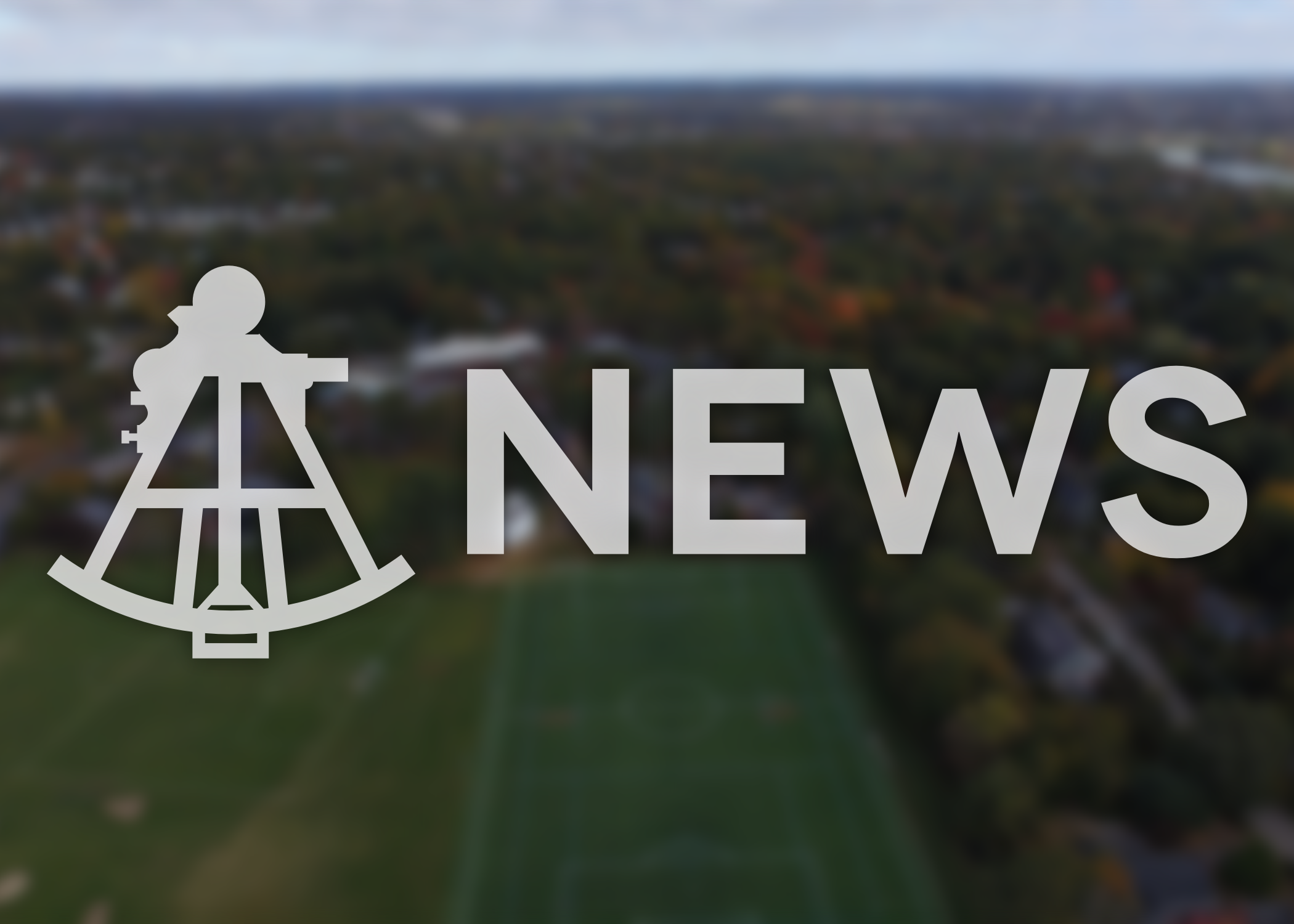On February 14th of this year, a 19-year-old gunman killed seventeen people and injured sixteen others at his former high school in Parkland, Florida. It was a headline that had become all too familiar in America, this time affecting a community considered one of the safest in the state of Florida, at a school not unlike Belmont Hill. The sudden reminder of how far the reach of gun violence had extended shook many in the Belmont Hill community. America experienced 133 mass shootings in public places from 2000 to 2014, while the next country on the list had only six. Since 2011, a mass shooting has occurred every 64 days in America, up from every 200 days before 2011. For many at Belmont Hill, no longer was gun violence a distant thought, easy to ignore; the prospect of staring down the barrel of a weapon had crept into the consciousness of the entire school.
As a wave of student activism swept across the country and approached the Hill, many in the community felt an obligation to act. A number of Boston-area private schools, including Milton, St. Mark’s, and Winsor, had walked out in support of gun control in recent weeks, and others had organized letter-writing campaigns to members of Congress throughout the country. In their own consideration, the school senate was forced to straddle a tight line. The Belmont Hill student body is politically diverse, and class officers worried a concrete position could risk alienating a large portion of students. Any response to the shooting would be a step into new territory for a school that had traditionally stayed away from displays of activism; as the school raised the question of possible action, many longstanding teachers remarked that never in their tenure had the school taken an organized stance for any issue. Student leaders also understood that apathy could foil any plan to speak out, especially in a state with some of the strictest gun laws in the nation. “With such a difficult issue, it’s easy to put your head in the sand,” said one fifth former, “to accept that ignorance is bliss and not think about it.”
Still conflicted, the Senate decided to ask the school for input. School President Will McCormack organized a forum to, in his words, “exchange ideas and opinions” on reactions and responses to Parkland and to “start conversations that will be continued.” A room of 40 to 50 students and faculty in MacPherson processed the tragedy and discussed solutions to the layered problem of gun violence. “When I grew up, school and church were two places that were considered safe,” Mr. Patterson solemnly reflected. “It has to end. It’s just awful.” Around the room, many nodded their heads in agreement, admitting that they did, at times, feel unsafe in what should be a nurturing space. The forum was divided, however, on how to address the issue. A number of students said they would feel safer with metal detectors and armed guards, but many balked at changes they saw as more befitting of a “prison” than a learning environment. The relatively more discrete proposal to arm teachers, a popular fix among gun advocates since Parkland, was too met with a mix of support and hesitation. While some saw the weapons as the only way to stop a shooter on campus, others were wary of the constant presence of deadly force. Asked one sixth former, “Why would more guns be the answer to gun deaths?” Many supported some form of gun control, with Massachusetts’ tight regulations touted as a prime example, but still others worried that, in the words of one attendee, “no matter what you can get a gun.” Towards the end of the session, the forum turned to the question of how Belmont Hill’s campus could be better prepared in the event of an attack, through lockdown drills and other methods. Stepping in, Dr. Melvoin delivered the uncomfortable truth: metal detectors, remote-locking doors, and drills “may just provide the illusion of safety,” the headmaster reported.
A week later, the Senate held a second forum to try to come to a conclusion on a response, this time inviting exclusively students, wanting any action to be student-led and organic. The approximately 30 boys expressed concern that nothing they decided to do could have any real impact, agreeing that walking out in suburban Belmont would be nothing more than a self-congratulatory symbol, and pointing out that writing letters against gun control to the congressional representatives in their districts would just be “preaching to the choir.” The idea of a corporate-focused letter writing campaign to pressure gun manufacturers and vendors, however, gained traction as a way Massachusetts residents could get involved locally. One of the biggest gun manufacturers in the US, Smith & Wesson, is headquartered in Springfield, MA, and Bass Pro Shops sells weapons to minors under the age of 21 in stores around the state. The idea came to fruition on Friday, April 20, the 19th anniversary of the Columbine shooting, when students wrote to CEOs of retailers and banks as well as politicians.
The enormity of the issue weighed heavily on the second forum. Students shared their discouragement about the complicated issue of gun violence, from the feeling of helplessness to the realization that school shootings comprise only a small percentage of the overall problem, with suicides and homicides in less privileged areas not receiving the same coverage as the same type of tragedy in affluent, majority white communities. “It often feels there is nothing we can do,” lamented one sixth former. But still, hope remained among the students, especially in the fact that a generation of young people determined to address gun violence would soon be able to vote. Referring back to Dr. Melvoin’s comments that the school could not implement any effective safety measures, the forum was forced to consider a scary proposition, but students were determined to show that their safety is not out of their control.





